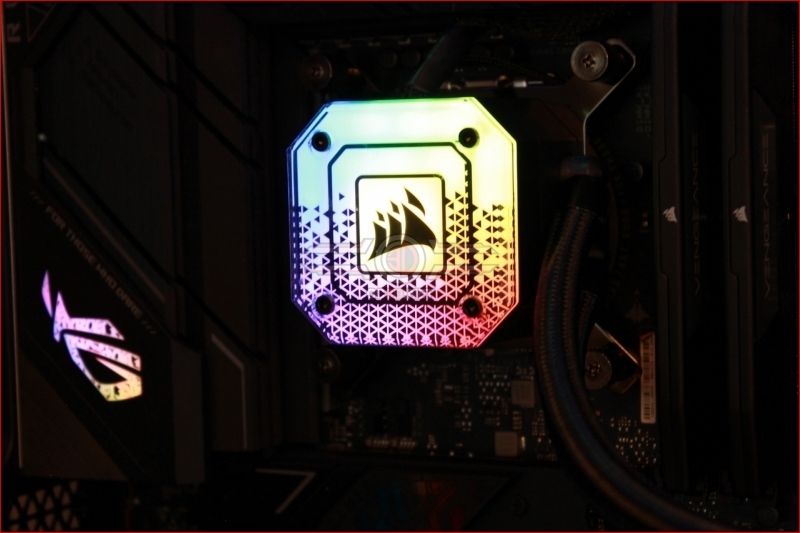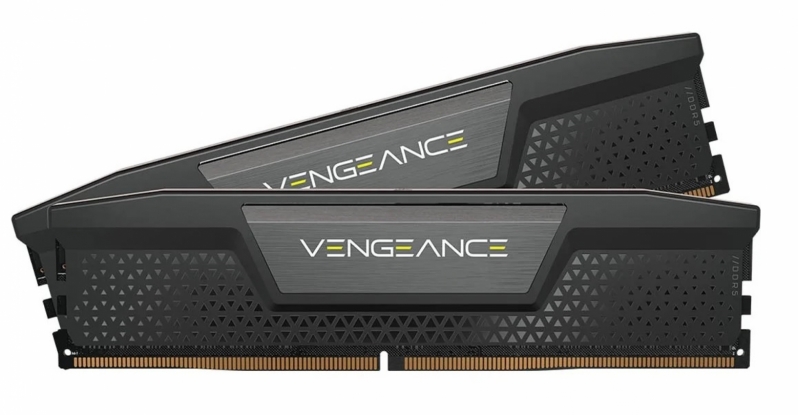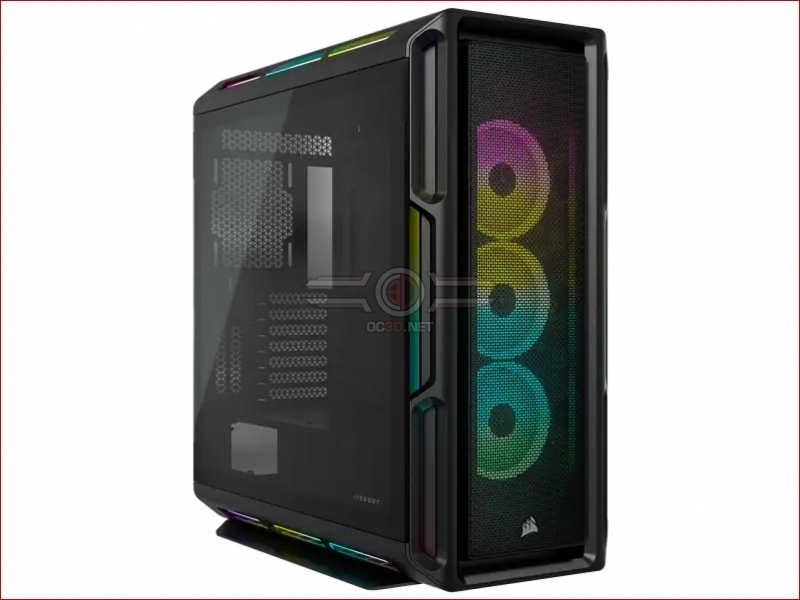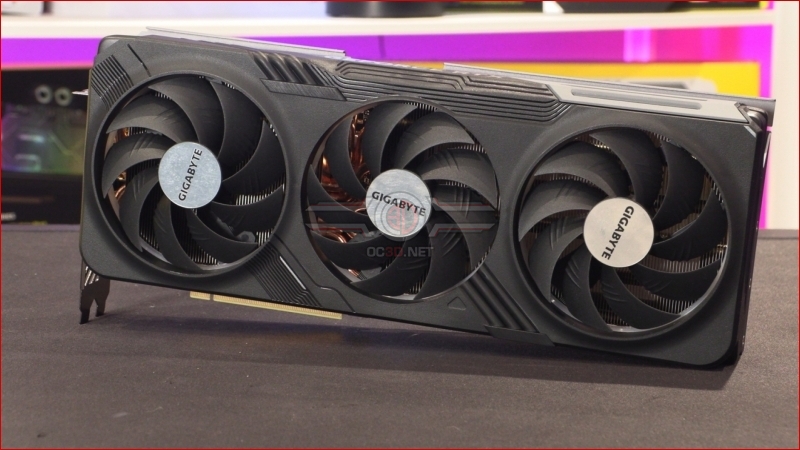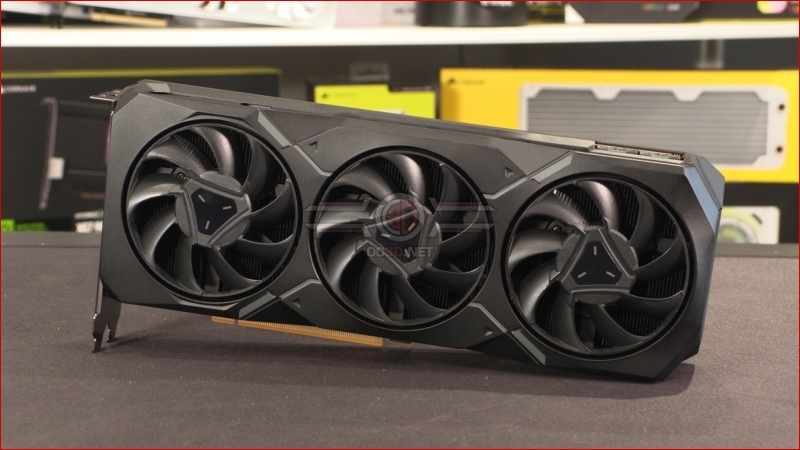Horizon: Forbidden West PC Performance Review and Optimisation Guide
Horizon Forbidden West is now available on PC
Horizon: Forbidden West has come to PC
PlayStation exclusive? What PlayStation exclusive? Sony has been expanding its horizons with a growing number of PC game releases, with Horizon: Forbidden West becoming the newest game to transition from PlayStation 4/5 to PC.
With Nixxes in charge of this PC version, expectations are high. Nixxes Software is the studio behind the PC versions of Marvel’s Spider-Man Remastered, and Ratchet & Clank: Rift Apart. With their latest PC release, we have support for all major PC upscales, an unlocked framerate option, and plenty of graphical settings to tinker with.
In this analysis, we will be looking at Horizon: Forbidden West’s PC version and testing it across a wide range of PC hardware configurations. We will be letting you know how well this game runs on PC, what settings to change if you need an FPS boost, and what the game’s best upscaling options are. Now without further ado, let’s get started.
Review Contents
- CPU Performance
- Memory Performance
- Preset Scaling
- DLSS 3
- FSR 2
- Optimised Settings
- 1080p
- 1440p
- 4K
- Conclusion
GPU Drivers
When testing Horizon: Forbidden West on PC, we utilised the newest Nvidia and AMD GPU drivers that were available to us at the time of the game’s launch. These drivers were Radeon’s AMD Software Adrenalin Edition 24.3.1 driver, and Nvidia’s GeForce 551.86 drivers for Windows 10/11.
Test Setup – OC3D’s New Test Rig
Last year, OC3D will be conducting new game testing and GPU reviews on a new test system. Thanks to Corsair, Intel, and ASUS, we have created a new testing system that will allow us to properly test new graphics cards and the newest PC releases. This system features Intel’s i9-13900K processor and a ROG Strix Z790-F Gaming motherboard, with all other components coming from Corsair.
Our new test system is powered, cooled, and operated using Corsair components. The OS we will be using is Windows 11, and the case we will be using is Corsair’s airflow-optimised iCUE 5000T. We will be diving deeper into the hardware selection for this new gaming system with a future article, and you can expect to see this system in all of our future GPU and game reviews.
System Specs
Below are the full specifications of our new GPU/Games testing system, as well as links to all of the components that we used.
OC3D GPU/Games Test System Specifications (Affiliate Links below)
CPU – Intel i9-13900K
Cooling – Corsair iCUE H150i Elite CAPELLIX XT
Motherboard – ASUS ROG Strix Z790-F Gaming WiFi
Memory – Corsair Vengeance 2x16GB (32GB) DDR5-6000 CL36 Memory
Storage – Corsair MP600 PRO NH 2TB PCIe 4.0 SSD
Case – Corsair iCUE 5000T RGB
Power Supply – Corsair HX1500i
OS – Windows 11
Nvidia GPUs Tested
When testing new games, we like to utilise a large number of graphics cards to see how well titles run on both old and new PC hardware configurations. To do this, we utilise a large selection of both AMD and Nvidia graphics cards, including newly release graphics cards from Nvidia’s RTX 40 series to older GeForce graphics cards like Nvidia’s RTX 2060.
- Gigabyte GeForce RTX 4070 Ti Gaming
- Gigabyte GeForce RTX 4070 WindForce
- Gigabyte GeForce RTX 3070 Ti Eagle
- Gigabyte GeForce RTX 3060 Ti Eagle
- Nvidia GeForce RTX 2070 SUPER Founders Edition
- Nvidia GeForce RTX 2060 6GB
AMD GPUs Tested
On the Radeon side of the GPU spectrum we are currently able to test the following selection of GPUs. This includes both RX 7000 and RX 6000 series GPUs.
- Radeon RX 7900 XT
- Radeon RX 6800 XT
- Radeon RX 6800
- Radeon RX 6700 XT
- ASUS ROG Radeon RX 6600 XT Strix
- PowerColor RX 6600 Fighter




